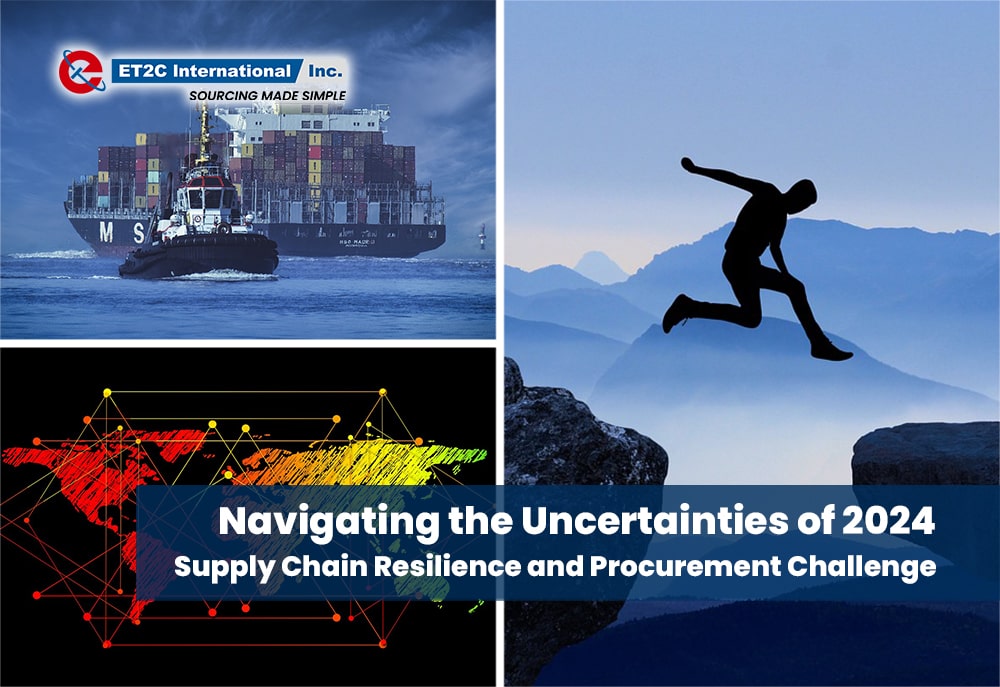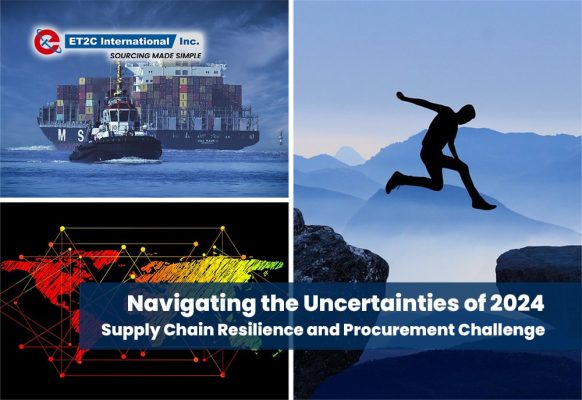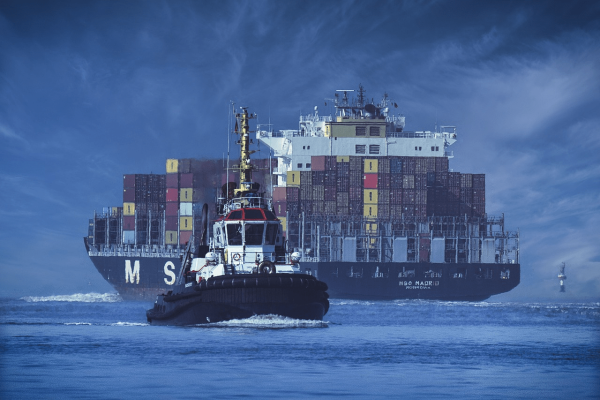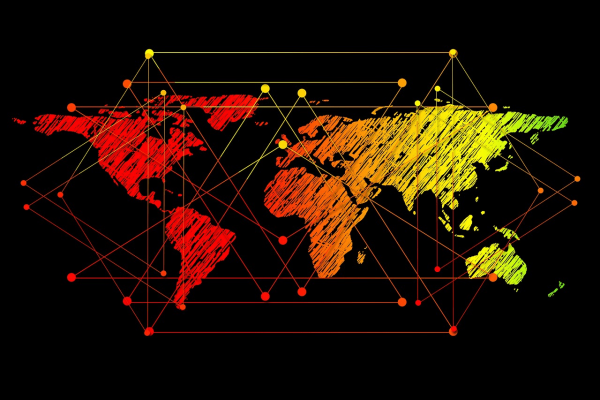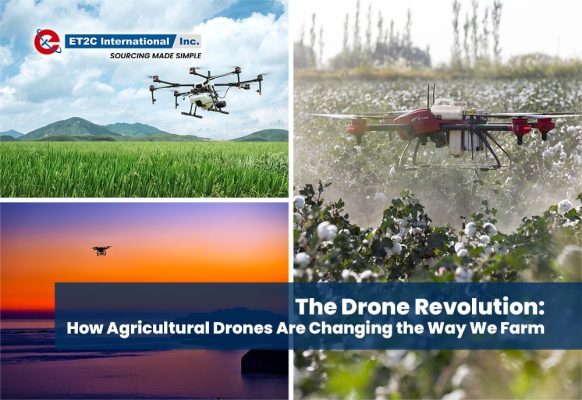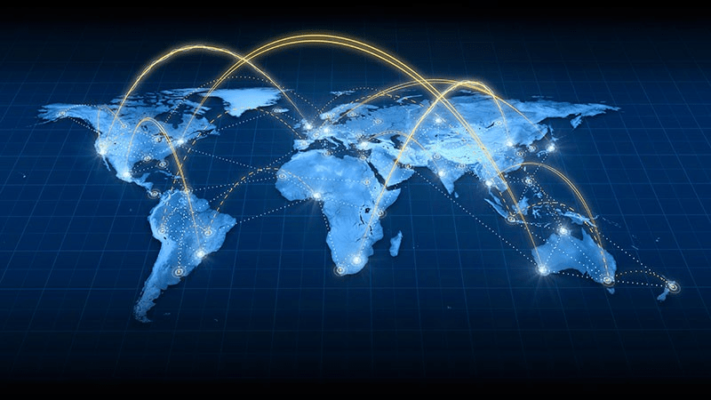Why South American and Mexican Retailers Should Source Toolboxes and Organizers from Turkey: Key Advantages Over China

For Retailers in South & Latin America, the strategic advantages of sourcing toolboxes and organizers from Turkey over China are significant. Reduced shipping costs, high-quality manufacturing, favourable trade agreements are a few of the benefits.
As consumer demand for tool boxes and organisers continues to grow using Global Sourcing to find the right supply partner and product in the most effective way possible is becoming a critical part of creating competitive advantage.

Top 10 Reasons why Turkiye should be your Sourcing destination for Toolboxes and Organisers.
Retailers in South America and Mexico might consider sourcing toolboxes and organizers from Turkey due to several advantages over sourcing from China. Here are the key reasons:
1. Geographical Proximity and Reduced Shipping Costs
- Shorter Transit Times: Turkey is geographically closer to South America and Mexico than China. This proximity can significantly reduce shipping times, making logistics more efficient and predictable.
- Lower Shipping Costs: With shorter distances, the cost of freight is generally lower. This can lead to considerable savings, especially in the current context of high global shipping costs.
2. Diversification of Supply Chain Risks
- Mitigating Over-Reliance on China: Many global retailers have been heavily reliant on Chinese manufacturers. By diversifying their supply chains to include Turkiye, retailers can reduce the risks associated with geopolitical tensions, trade disputes, and potential tariffs that might impact goods sourced from China.
- Adaptability to Market Changes: A diversified supply chain can help retailers quickly adapt to market changes, such as shifts in consumer demand or disruptions caused by natural disasters or pandemics.
3. High-Quality Manufacturing and Compliance Standards
- Reputation for Quality: Turkiye has a strong reputation for producing high-quality goods, particularly in sectors like automotive components, textiles, and home goods. Turkish manufacturers often adhere to high-quality standards that are comparable to or exceed those of Chinese manufacturers.
- Compliance with Regulations: Turkish manufacturers are generally well-versed in meeting European Union standards, which often align closely with those in South America and Mexico. This can make it easier for products to meet local regulations and certifications.

ET2C International Global Sourcing and Nearshoring Specialists
ET2C International is a UK owned Global Sourcing and Procurement company working with clients to Make Sourcing Simpler for over 22 years. Our team of over 200 colleagues are based in 7 offices across Developed and Emerging markets.
- India
- Turkiye
- Vietnam
- Mexico
- China
We have worked with clients in both North and South America to deliver effective sourcing strategies growing margin and Product Quality & Compliance. Drop us a line about Global Sourcing from Turkiye or specifically about Toolboxes and Organisers contact@et2cint.com
4. Favourable Trade Agreements and Lower Tariffs
- Free Trade Agreements: Turkiye has several free trade agreements (FTAs) with countries in South America and Mexico, such as the agreement between Turkiye and Chile. These agreements can lead to reduced tariffs or even duty-free access for certain products, making Turkish goods more cost-competitive.
- Customs Union with the EU: Being part of a customs union with the EU allows Turkish products to benefit from favourable trade terms with EU-associated countries, potentially extending to regions in South America.
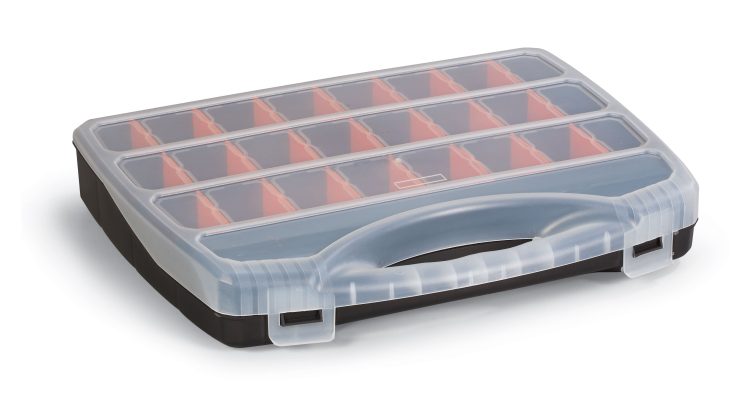
5. Flexible Production Capacities and Smaller Order Quantities
- Flexible Manufacturing: Turkish manufacturers often offer more flexibility in production volumes and customization options compared to their Chinese counterparts. This is beneficial for retailers who need to test new products or require smaller order quantities.
- Faster Production Times: Turkish factories can sometimes offer quicker turnaround times due to less congestion in production scheduling, particularly when compared to the high-volume factories in China.
6. Cultural Affinity and Business Practices
- Cultural Proximity: Turkish culture may have closer business practices and communication styles to those found in South America, which can facilitate smoother business interactions and negotiations.
- Time Zone Advantages: Turkiye’s time zone is closer to South American and Mexican time zones than China, making communication and coordination more seamless.
7. Geo-Political tensions
- Building trade and tariff wars: Strategically some companies based in North and South America are looking to de-risk their sourcing and procurement reliance on China. Turkiye is an excellent choice for the strategic sourcing of a range of products particularly tool boxes and can provide a jurisdiction of relative calm compared to other Asian sourcing markets..
8. Competitive Pricing
- Cost-Effective Labor: While not as low as China’s, labour costs in Turkiye can be competitive, especially when considering the quality and flexibility offered. This can result in a favourable balance between cost and quality.
9. Improved Political Relations
- Political Stability and Relations: Turkiye generally maintains good diplomatic relations with countries in South America and Mexico, which can translate into smoother trade processes and reduced risk of political disruption in supply chains.
10. Sustainability and Ethical Sourcing
- Sustainable Manufacturing Practices: Turkiye is increasingly recognized for its sustainable manufacturing practices, especially in industries like textiles and consumer goods. For retailers focusing on sustainability and ethical sourcing, Turkiye could offer a more attractive option.
Summary:Sourcing tool boxes from Turkiye, delivering instant benefits.
The market for Tool boxes and Organisers is growing quickly across all regions as both business and homeowners tackle more household development work. Creating a strong opportunity for incremental category growth.
Whilst China remains a dominant player in global manufacturing, sourcing from Turkiye offers several strategic advantages for South American and Mexican retailers. These advantages include reduced shipping costs, shorter lead times, diversification of supply chain risks, high-quality production, and potentially lower tariffs due to favourable trade agreements. These factors collectively make Turkey an attractive alternative sourcing destination.
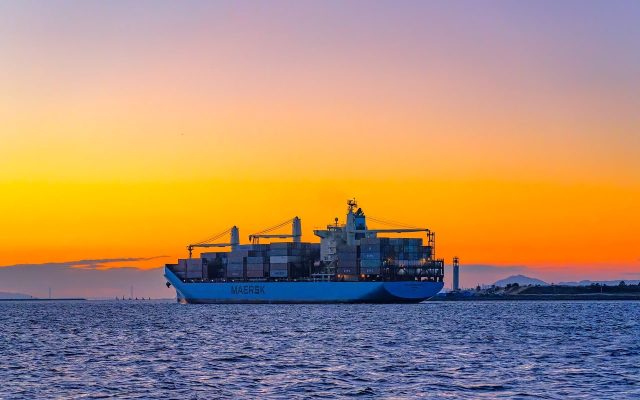
ET2C International Turkiye based Global Sourcing Specialists
Our team based in Izmir ET2C Corporate Profile have great experience working with clients on developing Sourcing and Procurement options from Turkiye. If you would like to discuss the sales opportunity for Tool boxes or Organisers for your business or other Sourcing options from Turkiye please get in touch contact@et2cint.com
